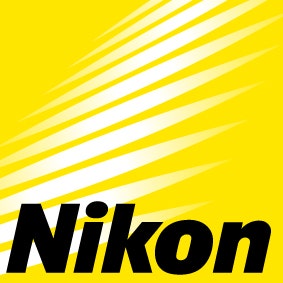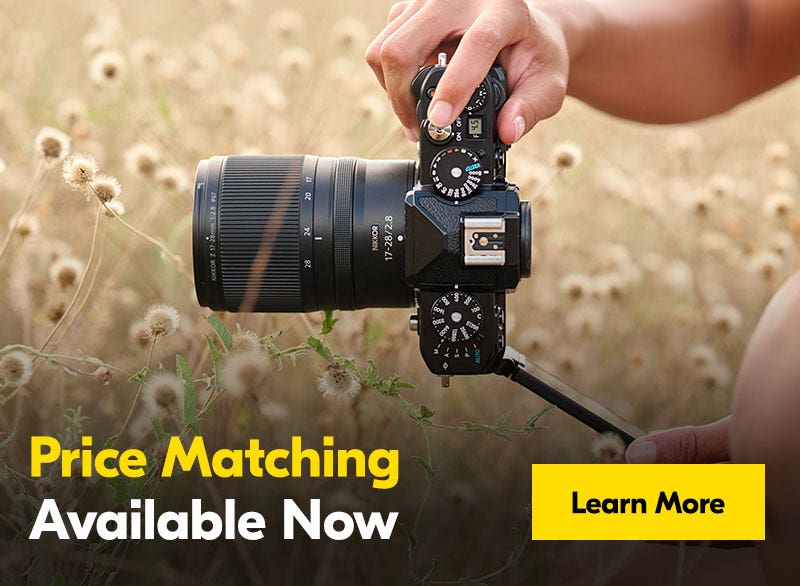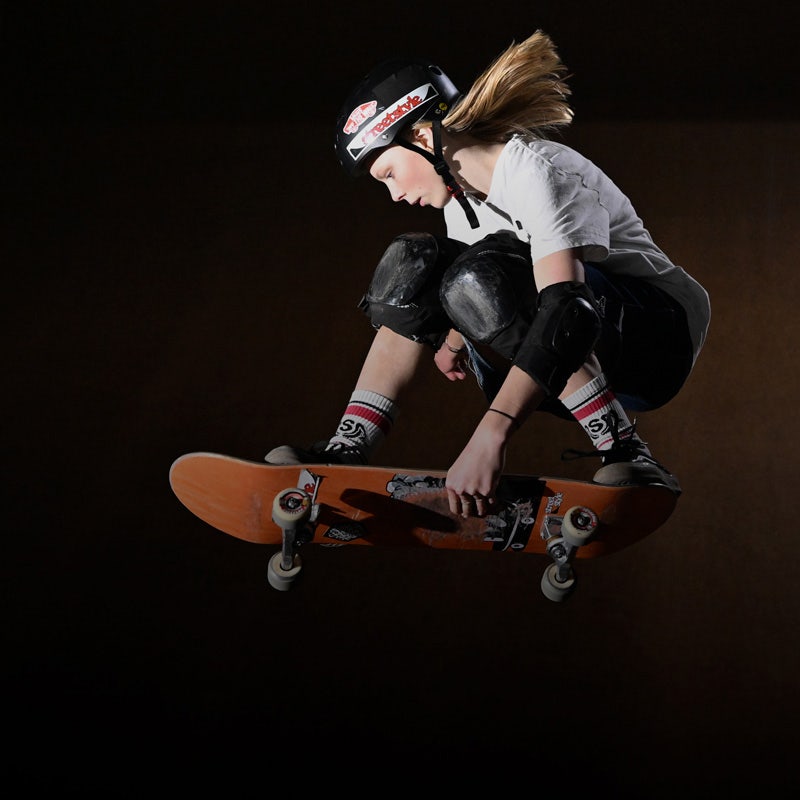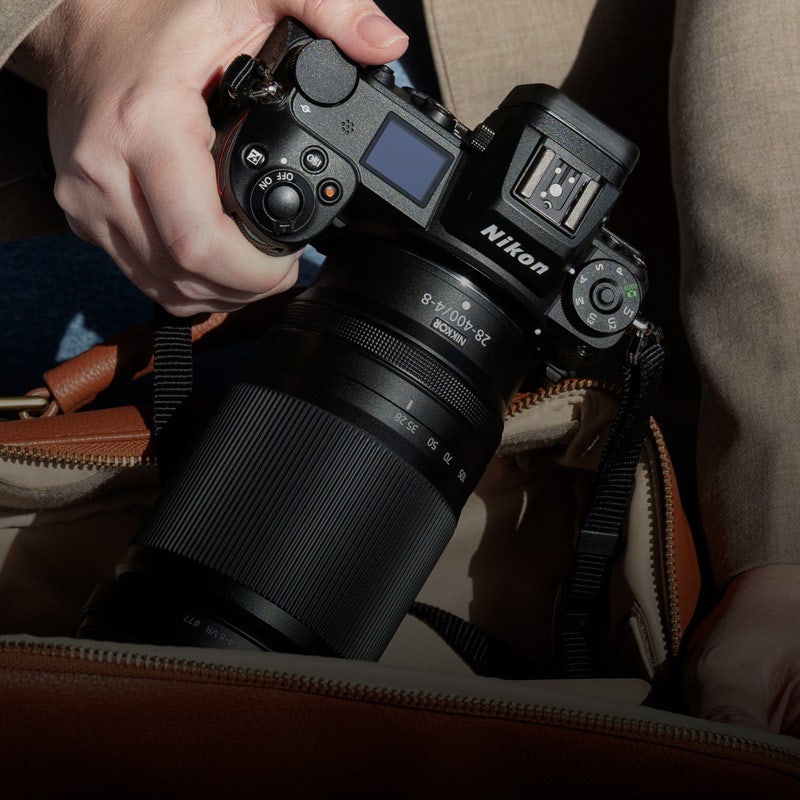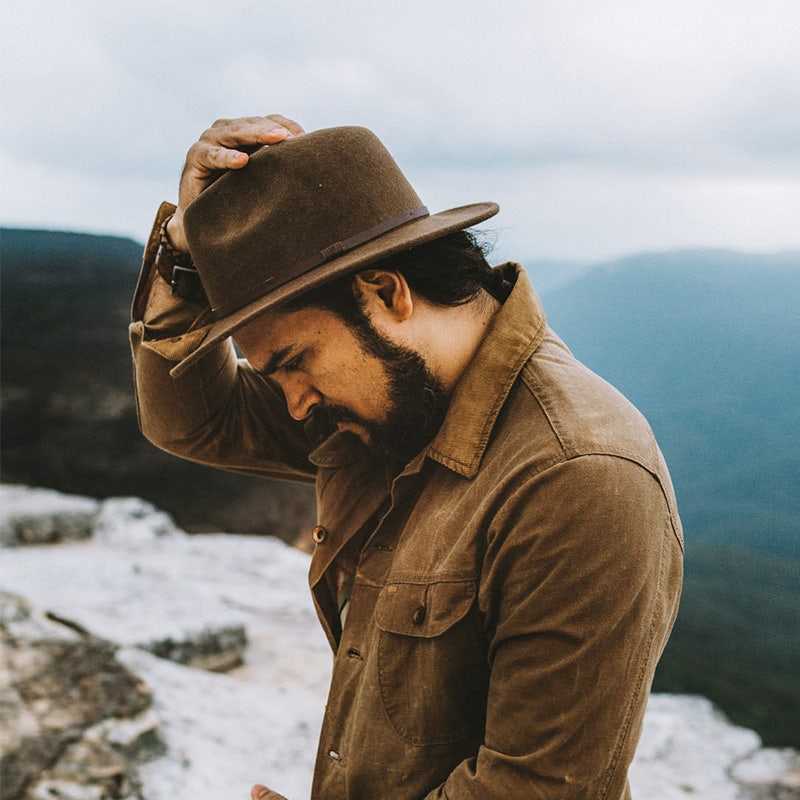If you’re into Hollywood blockbusters, you’re into Jasin Boland.
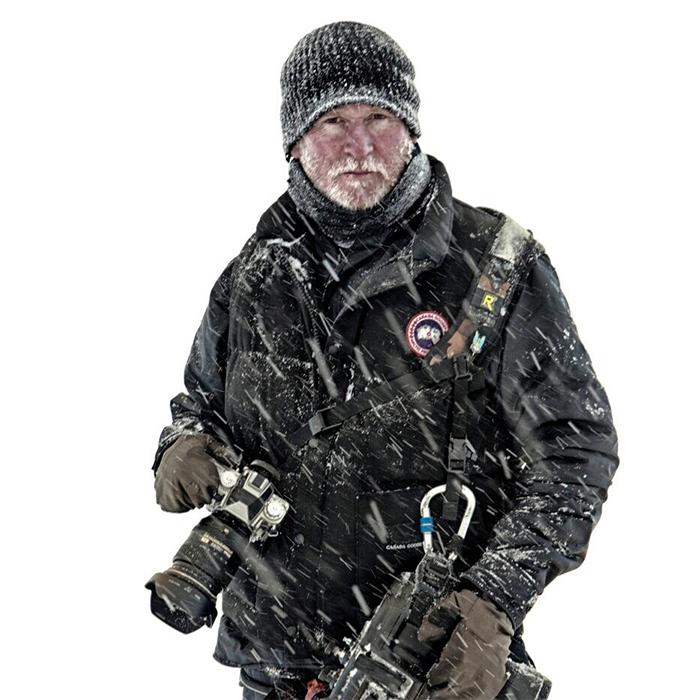
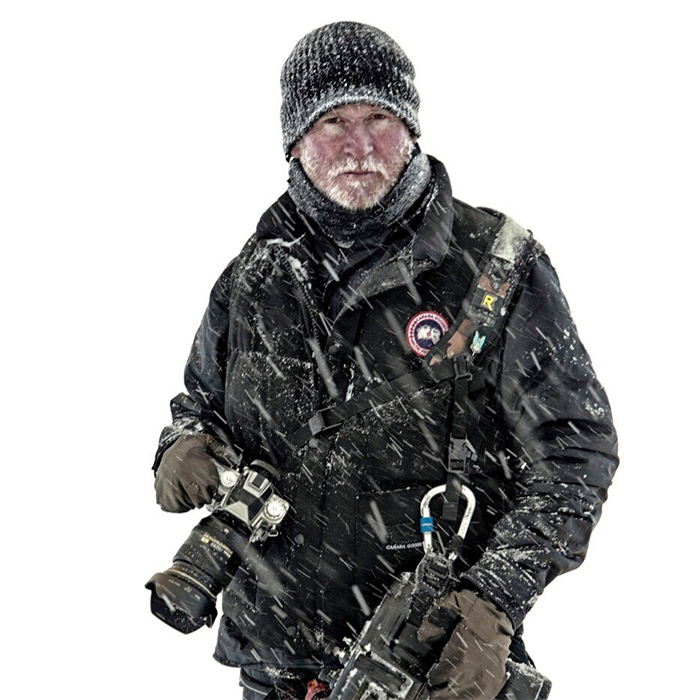
Australia’s Jasin Boland is one of cinema’s most in-demand stills photographers, having captured iconic imagery for some of the world’s most iconic films. His impressive resume traverses such blockbusters as The Matrix Trilogy (1999-2003), Captain Phillips (2013), Mad Max: Fury Road (2015), Mulan (2020), Thor: Ragnarok (2017) and multiple Bourne and Bond titles.
With an eagle eye for both the raw emotion of a scene and the film poster-worthy moment, Boland has taken his talents all around the globe, from Nepal to China to Namibia and all across the EU. He has worked with such illustrious directors as Paul Greengrass, George Miller, John Woo, Taika Waititi and James Wan, and A-list actors such as Charlize Theron, Keanu Reeves, Matt Damon, Chris Hemsworth, Denzel Washington, Tom Hanks and Tom Cruise. As you can see from Boland’s imdb page, the above lists are merely the tip of the iceberg, and his yet-to-be-released projects include No Time to Die (2021) and Thor: Love and Thunder (2022).
Boland’s career thus far has been fueled by the spirit of adventure. Starting out as a frontline news photographer for various Australian, Asian and British newspapers, he honed his rare ability to sniff out the perfect moment and be in the right place at the right time to immortalise it. It’s no surprise then, that this unique skillset proved perfect for big-budget action and sci-fi cinema.
We sat down to hear more from a still photographer that does anything but stand still.
How did you get started in photography?
I came from a newspaper family and I wasn’t all that well behaved at school. Me and my mates were in the photography club but we’d actually just go to the dark room in the afternoon while sport was on, turn on the red light, then go down the beach for a surf [chuckles].
When I was getting into a bit of trouble at school – not big trouble but enough to know that it was time to move on. Everyone was like “what’s he going to do, what’s he going to do?”, and my family were like “well he’s got this keen interest in photography”. So, they helped me get a part-time job at The Sunday Times in Perth.
I left school during year 10 and went straight into being a dark room technician at The Times. Six months after that I got a cadetship. So, my start in photography came from newspapers.
I ended up quite okay at it. I think I was the youngest or one of the youngest graded photographers in Australia. Three months into my cadetship I won the Sydney E Pratt award for cadet photographers
and then I got a job at The Sun in Brisbane, which was a new newspaper. I did three years there. I also had a love of the film industry and thought I wanted to be a director. So, I took a job as a camera loader on a film with cinematographer Dean Semler, called The Lighthorseman (1987)
I got fired from that, and on that point, I had also got kicked out on the first day of my photography school for my cadetship.
Why were you getting fired and kicked out of things?
Well, in the case of the cadetship… it was around the beginning of ’82, which wasn’t too long after the Vietnam War. The teacher went around to everyone in the class and asked their name and what kind of photographer we wanted to be. You had people saying they wanted to be fashion or commercial photographers, and then it got to me and I said “My name’s Jasin and I want to be a war photographer”.
He said “what?”
I said “I said my, name’s Jasin”.
He said “no, the other thing”.
I said “I want to be a war photographer.”
I told him that I had to do it as it was part of my cadetship with the newspaper and he said “well, I’m not having you here.” So, I drove back to the office and told the whole story to my dear boss, the late Julian Cowan, and he got this big smile on his face. I asked him if I had to go back and he said “nah, you passed that course”.
That’s awesome, but do you remember what actually attracted you to the art of photography?
I mean, my grandfather was managing editor of News Limited, back in the days before you got paid properly. He was the editor of The Sunday Times and The San Antonio Express. My father and uncle were Nine Network executives. So, news was always around us – it was always on the radio. I remember being five or six years old and we heard there’d been a light aircraft crash not far from where we were staying for the weekend. My grandfather was such a news junkie that he took me and we went searching for it. That was my first news chase.
I remember to this day… [laughs] him holding my hand and walking me through the wreckage. He pulled out his press credentials and the police were like “ah, I don’t think this young fella should be here”.
I think that’s why I work on the big action films today, because I get that same adrenaline rush that I did from my newspaper days.
How did that transition happen? From news to film?
Well, I’d been in London for three years and my grandfather had just died. I was driving my mate’s convertible to work for the day. The sun was up and the sky was blue. I stopped at a crosswalk and these two people on the street were smiling and happy. They were happy because of the blue sky. So, I went to my boss that day and said “I need to go back to Australia, I want some blue sky.”
I came back to the Gold Coast where a few of my mates were running a PR business. I was planning on doing my own thing and they said “well, why don’t we do it together”. One of our clients was Grundy’s theme park and their publicist said they had a series filming on the Gold Coast and needed around five days of coverage. I went out there and after two days I had to go in and show the publicist what I’d shot. I treated it like a news shoot, so I had photos of the crew working and behind the scenes stuff like that – and only a few shots of the actors. He’s flicking through all my shots and he’s like “these are bad”, he gets to the end of the transparencies and he’s like “there’s only one shot I can use here”.
Funnily enough, it was that shot that they used for all the publicity for the entire production. So, success only comes from failure. Just [laughs] get in trouble a lot and fired a lot.
Can you tell us a bit about how unit still photography fits in, in an environment that’s largely about the moving image?
I shoot stills like I’m a cameraman, so I throw a camera around everywhere and I run through the frames that I’m after. An actor will move through many movements and moments. I don’t like doing setups because I feel it sucks the life out of an image. I’m after what I refer to as ‘the director’s performance’, which is the performance that an actor is giving a director. They’re never going to give it more heart than that.
There’s an image of mine of Charlize Theron in Mad Max: Fury Road, where she’s screaming. When they yelled cut, you can see her shoulder’s slump down and the emotion expire. For me to go up to her after and say “hey, CT, can you do that again for me”. She would do it but it wouldn’t be near the same emotion because she’s just given it everything. So, for me, those moments are really important.
It’s also important that you have good set etiquette and make yourself part of the crew. There are a lot of photographers out there who are on their own mission – almost as if they’re working on a different film. But if you want cooperation, if you want the grips to allow you to get into a certain spot, if you want safety and stunts to put you right amongst the action… then you need to make yourself part of that crew. Be there to help and also be there to understand when they say no, you just accept it and find another spot, or not.
A lot of my job is knowing what to walk away from. There’s no point in fighting for a crappy image when two weeks or a month down the track, you’re going to need to ask for a favour and say “hey, I really need to find a spot for this… can you guys help me out?”
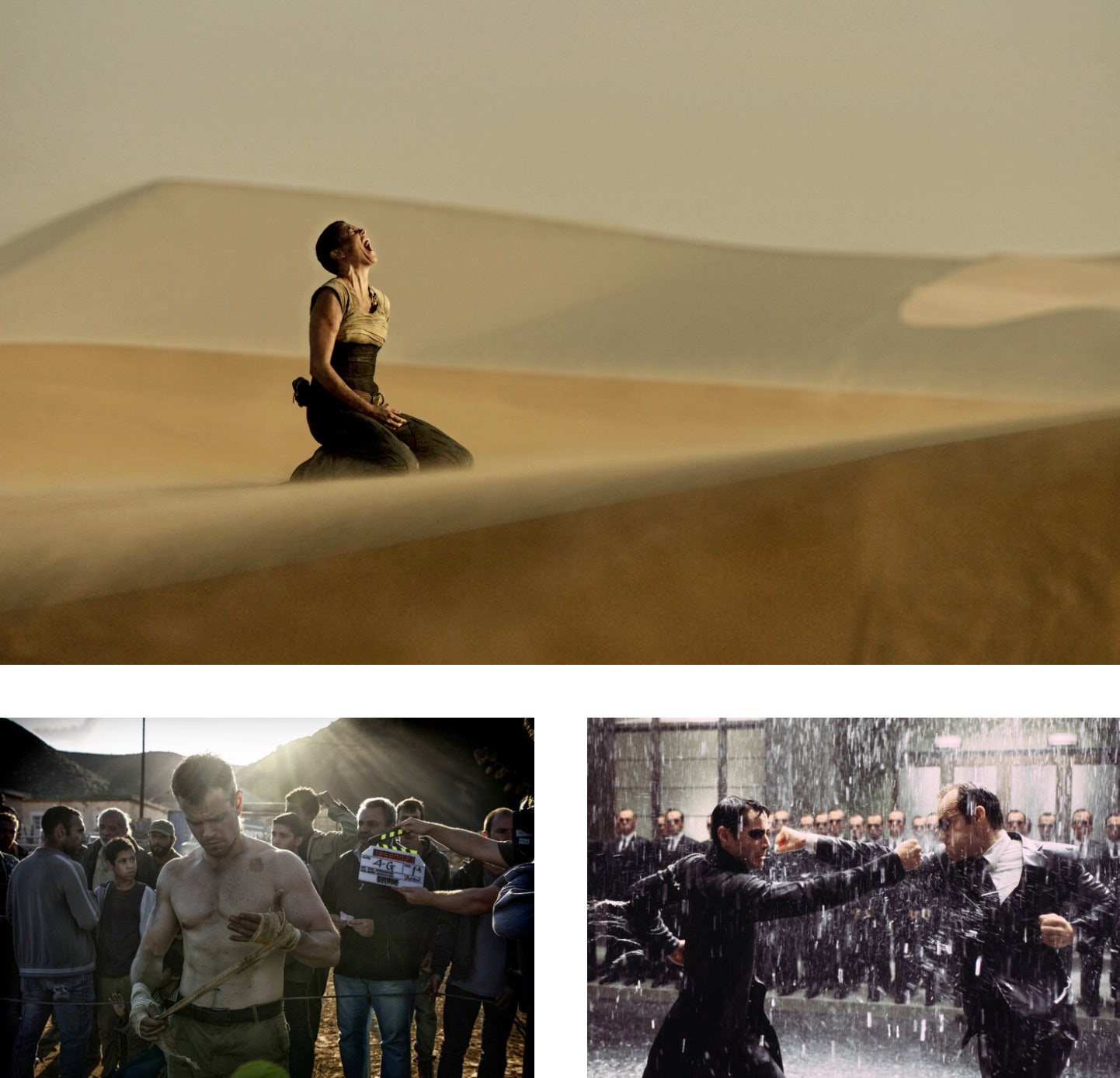
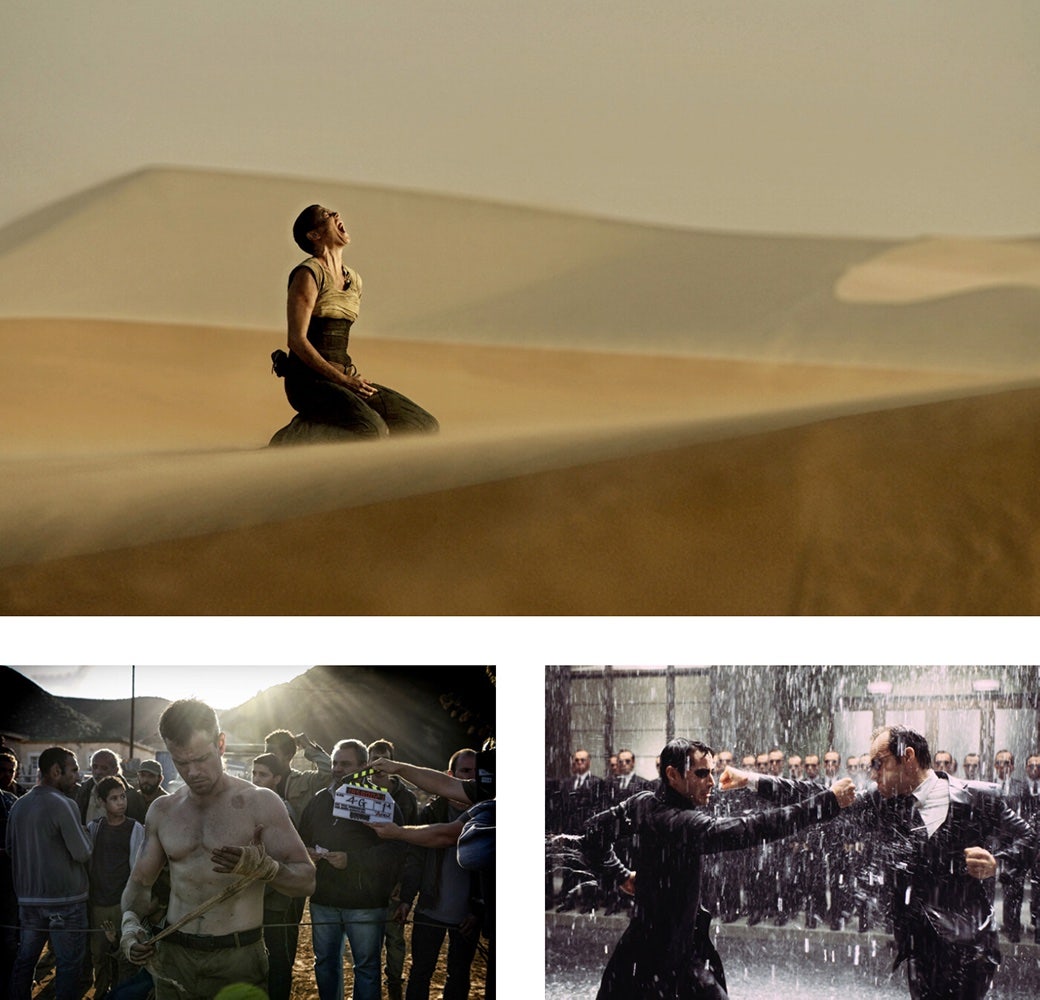
Images by Jasin Boland
And do you find you have a different level of freedom depending on the film you’re working on?
Yeah, definitely. I mean, I’m hired now because of the way that I do things. But, you’ve gotta be mindful of eyelines and being a distraction and things like that. That’s just part of it. You can’ t be standing right in front of an actor’s face. Though some actors will let you. Like Hemsy [Chris Hemsworth], he’ll let you do anything. Matt Damon will let you do anything. There are very few that aren’t understanding of the job now. You’ll find some old-school actors might.
I’m going to get someone soon that might be a bit tricky, but you gotta deal with it. As much as what people think “it’s only acting”, it’s not. I’ve seen some people get five pages of dialogue and have to learn them in half an hour. It’s a difficult job. I’m not a doctor, you’re not a doctor, but what we are doing is a service. We’re keeping humans entertained and they need to be entertained. Without that, I think there’d be a lot more anarchy than what there is.
It’s not just entertainment either. A lot of people get clarity and catharsis watching certain films and characters and seeing something in themselves represented on screen. It can also help you process emotions.
Yeah, it’s inspiration. Inspiration comes from a lot of places.
I get people saying to me that they find my work inspirational and that’s a massive compliment. But it’s only inspirational to those people interested in what I do. The inspiration is boxed to a degree, but if you can inspire one person to continue with their dream then that’s a good thing. I love photography but I’m more in love with my job. I’m 55 years old and I still get as excited as I did in the early days, and in many ways, more so. I know this sounds weird, but it’s inspirational for myself. Because I want to keep going. I know there’s even better out there now.
How did the experience of shooting stills on a film that shot all FX in-camera, like Mad Max: Fury Road, and green screen-heavy films like The Matrix?
Either way, I’m always on the lookout for an image that can be used as a poster. If there’s any action or good body shapes on a blue or green screen then it’s an absolute bonus [because there’s no background information to contest with]. You can look at the light on an actor, look for portraits and know that the still can be used for something else, like a poster, as opposed to standard unit coverage.
I’ve noticed you have worked on quite a few Paul Greengrass films including his Bourne films and Captain Phillips. Captain Phillips, particularly the first act, is a masterclass in filmmaking. What’s it like to work on a Greengrass set?
He’s probably the most organic film director that I’ve ever worked for [thinks] or at least one of the most, as the one I’m working with now is just as organic. Paul will always be one of my favourite directors to work with and I hope I get to again. He is amazing. He’ll shoot something over hours and if it doesn’t feel right, he’ll walk away for five or six hours, come back and complete the day.
His latest film, News of the World (2020), was wonderful. 22 July (2018) is amazing. The Bourne films we’re amazing.
With Captain Phillips, were you actually on the boat?
Yeah, we were on a container ship, man! It was so much fun. We were in Malta and we’d go out every morning, 10 nautical miles out to sea and shoot all day. But some days, I would go from shooting on the ship onto the Somali pirate boats. We’d be out to sea in these big swells and I’d be climbing down the ship’s ladder. You know, it was so much fun.
Then when we went to Virginia, that’s when we did the battleship stuff for about four or five weeks. We had some really bad sea days and we had to evacuate the boat.
Is there a bit of an attraction to danger that comes with the job?
Well maybe, but nothing is really dangerous. I get asked that question a lot. I’m an adventurer anyway, I always have been. When I was a kid, when I was in newspapers, I loved all that stuff. Going to hotspots, covering heavy news, was dangerous. But on a film, you know you’re going to come home.
Out of all the films you’ve worked on so far, do you have a favourite image or set of images?
My favourite images change all the time. Like that Mulan one behind me [points to the wall, and the poster for the live-action remake of Mulan] – that’s probably my favourite at the moment.
I talk about this a lot with younger photographers. It’s important to go back through your back catalogue, because at various points in the past, you might not have been where you are now. And so, what you dismissed before may actually be more indicative of your style now. I do it all the time. There’ll be an image that I look at and wont post on Insta or really care about. I’ve done this with old photos I took on The Matrix. I’ve gone back and said “oh, wow, I actually really like that shot. It’s more indicative of my style now”.
In other words, I was already the photographer that I am now but I didn’t know where I was going. It’s well worth going back to see if you enjoy those images that you didn’t before.
And that brings me to another point, it’s okay to love your own work, [chuckles] because no one else will. And by the same token, it’s okay to hate it, because that’s the only way you’re going to learn. So, again, success only comes from failure.
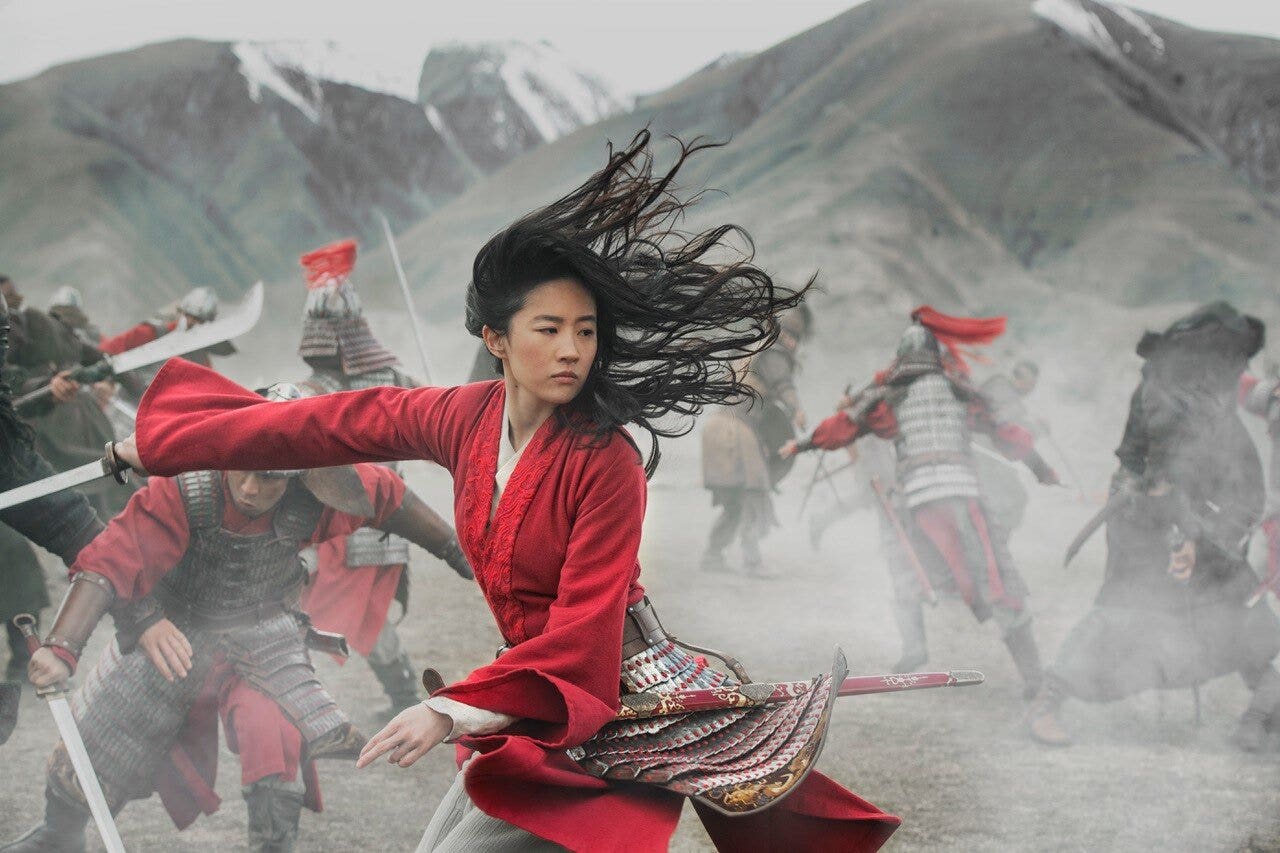
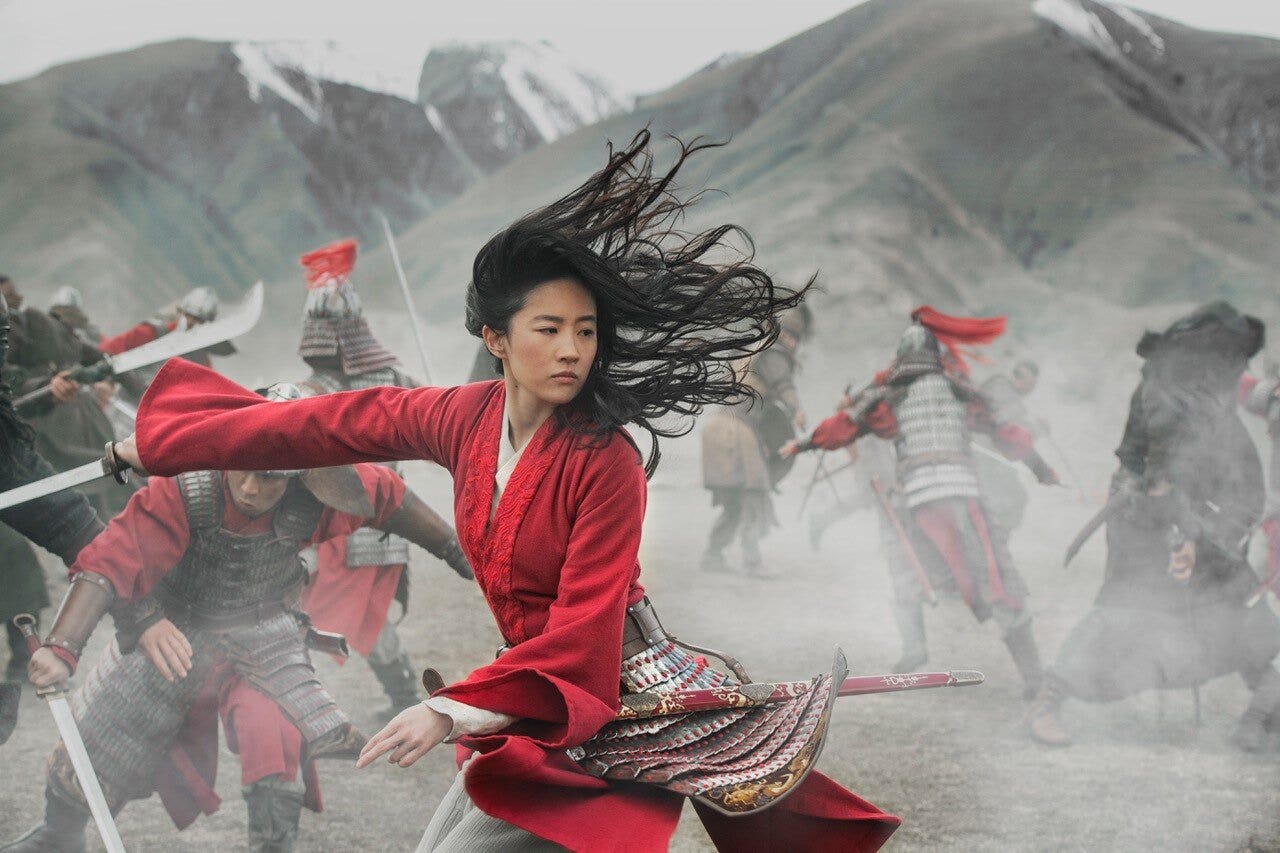
Image by Jasin Boland
I guess, beyond photography, you also have a personality that fits well on set?
I’m much quieter on set [laughs]. No, I like being part of a crew, they’re a family. I like going to work and helping someone have a good day. I’ll be nice and courteous and friendly, and joke around when we’re off set. I don’t like seeing people getting hurt and I think you’ve gotta have compassion.
I know I wasn’t always that person. I used to be —angry is not the right word— frustrated. A client once saw me get all uptight and said to another client “oh, I don’t know about Jasin” and they replied “oh no, it’s just because he’s a perfectionist and wants to get it right for us”. Doesn’t matter which actor I’m photographing I want the image that I take to be the coolest photo of them that they’ve ever seen. That’s where I get my kick.
Are you less hard on yourself now?
I’m easier on myself in the sense that I feel comfortable in the work that I’m doing. But in some ways, changing to mirrorless hasn’t been easy, because I spent 25 years with an optical viewfinder and now, I’ve got an electronic one. And that can trip me up a little bit. It’s going to be a little while until I’m 100% comfortable with that. The new Z9 that’s coming out will probably be the holy grail for me, allowing me to shoot in the same way I did with an optical viewfinder.
You’re currently shooting with the Z6 II right?
Yep, Z6 II on set and the Z7 II for poster work.
If you could offer three general tips to stills photographers, what would they be?
Most important technical thing is to shoot manual exposure. You’ll never learn anything, or anything about light, from shooting autoexposure. As much as you and your Nikon are a team, you’ve gotta be the boss. You’ve gotta tell it what to do, not it to tell you. Autofocus, fine - it’s amazing these days and you should be using that so that it gives you the ability to concentrate on your framing and exposures. Especially if you’re using mirrorless, you’ve got this beautiful EVF that is showing you the exposure and you should be able to judge it with your own eye anyway. It’s just a matter of using the shutter and aperture dials.
Most important non-technical aspects are patience and timing. Don’t rush it, just be aware of what’s going on. Which runs on to the third point which is be aware of your environment and have an exit.
And remember, at its heart, photography is for you. If you love an image, you should love an image. You shouldn’t be letting everyone coach you, or you won’t develop your own style. I don’t think I’ve read a book on photography in my entire life. I’ve looked at incredible images, like in Time-Life books, but I’ve never read the books or magazines that tell you how you should take a photo. You need to develop your own style and let it grow.
If we were to peek inside your gear bag, what would we find?
You’ve got to go to my YouTube channel and see the one I did on my gear bag, it’s hilarious.
I travel with 100 kilos worth of gear. I don’t use it all every day but I’ve got to have it, because I’ve got camera rigs that I’ve got to make up if I’m shooting action.
But, generally, day to day, I’ll have a PELI case with three camera bodies (Nikon Z6 IIs and Z7 IIs) and a different lens on each one: NIKKOR Z 14-24mm f/2.8 S, NIKKOR Z 24-70mm f/2.8 S, 70-200mmf/2.8 S. That’s my go-to holy trinity.
At the moment the lens that I love is the NIKKOR Z 85mm f/1.8 S. I think the S glass alone is worth the change to mirrorless and the Z system. I’m not joking, from the second I put it on, I’d never seen glass like it. My NIKKOR Z 70-200mm f/2.8 S arrived while I was in the middle of a scene, so I had images from that scene from both the F mount and the S mount and there’s a different density to the latter, a richer black, just harder colours. It’s hard to describe, but I think because the flange depth is shorter, and considerably closer – the light has less opportunity to bend. It makes a big difference.
I have a feeling you could talk about this stuff for hours.
Yeah, I love it!
Do you think about the future of your craft and are there certain kinds of films/directors on your bucket list?
I’m kind of happy with how it’s going at the moment. There are films that I have chased. For instance, the next George Miller film, I want to do that. As far as aspirations to work with people in particular – not really, because I like the ones I already work with. But at the same time, I’m happy for a surprise. If it’s something that I hear about that’s right up my Strasse, then yeah, I’m going to fight for it.
I don’t know what the future holds for me, but it’s been a pretty good adventure so far. I’m quite happy to continue on the blind adventure I’ve been on for the last 25 years. I would really hope that I’ve got another 10-15 years of it. That’s the only fear that I have – that as everything’s changing in the world, that the older guy is no longer relevant. I want to have something to offer the younger producers and the younger crew.
I often say “I don’t know if I was the best yesterday, today or tomorrow”. So, if it’s tomorrow then I’ve gotta keep fighting and working hard today.
That’s a great line. Correct me if I’m wrong, but film sets are usually pretty eclectic when it comes to age ranges, right? And seniority is usually quite respected within crews?
Yeah, it is. And I’m at the age where I’m getting a lot of respect, especially from the younger crew. Before I had to get my own ladder and now the young guys bring it in for me. They like hearing my stories. And with some of the younger actors, especially young Aussie actors – they’re really happy to see you turn up on a film set. I really enjoy that. I’m hoping that is where the future lies.
Yeah, you’ve got ‘legend’ status to look forward to!
[Laughs] I’ll take that… when I’m dead.
Check out Jasin Boland’s website here. Browse his YouTube channel here. Visit his imdb page to marvel at his career thus far.
